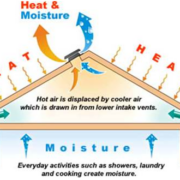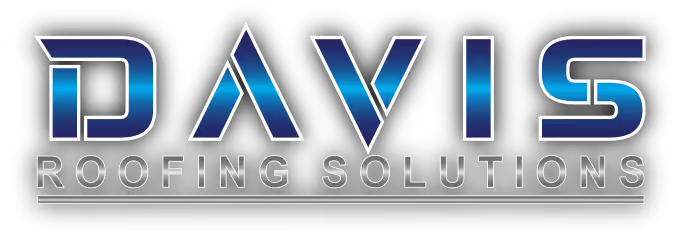The Importance of Attic Ventilation: Addressing the Consequences of Poor Airflow
The Importance of Attic Ventilation: Addressing the Consequences of Poor Airflow
Introduction: When it comes to home maintenance, one often overlooked yet crucial aspect is attic ventilation. Proper airflow in the attic plays a vital role in maintaining the overall health of a home. Unfortunately, many homeowners underestimate the importance of attic ventilation, which can lead to a range of issues. In this blog post, we will explore some of the problems that can arise from poor attic ventilation and emphasize the significance of addressing this often-neglected area of the house.
- Excessive Heat Buildup: Without adequate ventilation, attics can become excessively hot, especially during the summer months. The trapped heat radiates down into the living spaces below, causing discomfort and increasing the workload on cooling systems. This can result in higher energy bills and reduced efficiency, as air conditioners struggle to combat the heat load.
- Moisture Accumulation: Poor attic ventilation can lead to moisture buildup, which creates a hospitable environment for mold and mildew growth. Moisture can enter the attic through various sources, such as condensation from bathrooms or kitchens, leaking pipes, or even outdoor air infiltration. Without proper ventilation to facilitate air circulation and evaporation, this moisture lingers, leading to potential mold-related health issues and damage to the attic’s structural components.
- Ice Dam Formation: In winter, insufficient attic ventilation can contribute to the formation of ice dams, a problem we discussed in a previous blog post. When warm air from the living spaces below escapes into the attic, it can cause the roof’s underside to warm unevenly. This results in the melting and refreezing of snow, leading to ice dams along the roof’s edges. In turn, these ice dams can damage the roof, gutters, and potentially cause leaks and water damage.
- Roof Deterioration: Excessive heat and moisture in the attic can accelerate the deterioration of roofing materials. High temperatures can cause shingles to warp, crack, and lose their protective granules. Moisture buildup can lead to wood rot, compromising the structural integrity of the roof. Over time, these issues can result in expensive repairs or the need for premature roof replacement.
- Energy Inefficiency: A poorly ventilated attic can also affect the overall energy efficiency of a home. Without proper airflow, heat gets trapped in the attic, making it more difficult to maintain comfortable temperatures indoors. As a result, homeowners may find themselves constantly adjusting their thermostats, leading to increased energy consumption and higher utility bills.
- Reduced Lifespan of Insulation: Inadequate attic ventilation can impact the lifespan and effectiveness of insulation. Excessive heat and moisture can cause insulation materials to deteriorate, compress, or become saturated. This compromises their ability to regulate temperature and reduces their energy-saving benefits. Ultimately, homeowners may need to invest in additional insulation or replace existing insulation prematurely.
Solutions and Best Practices:
- Proper Ventilation Systems: Install a well-designed ventilation system that includes intake vents (soffit vents) and exhaust vents (ridge vents, gable vents, or roof vents). This balanced setup allows for the steady flow of fresh air into the attic and the expulsion of hot, moist air.
- Insulation: Ensure adequate insulation levels in the attic to reduce heat transfer between the living spaces and the attic. Proper insulation helps regulate temperature and prevents the transfer of heat into the attic.
- Regular Maintenance: Regularly inspect and maintain the attic to identify any signs of moisture buildup, mold growth, or ventilation issues. Address any problems promptly to prevent further damage.
- Professional Evaluation: Consider hiring a professional contractor or home energy auditor to assess your attic’s ventilation system and recommend any necessary improvements or repairs.
Conclusion: Proper attic ventilation is essential for maintaining a healthy and energy-efficient home. By addressing the consequences of poor airflow in the attic, homeowners can mitigate potential problems such as excessive heat, moisture accumulation, ice dam formation, roof deterioration, energy inefficiency, and compromised insulation. Investing in proper ventilation systems and practicing regular maintenance can go a long way in ensuring a comfortable and durable living environment for years to come. Contact us, today!




